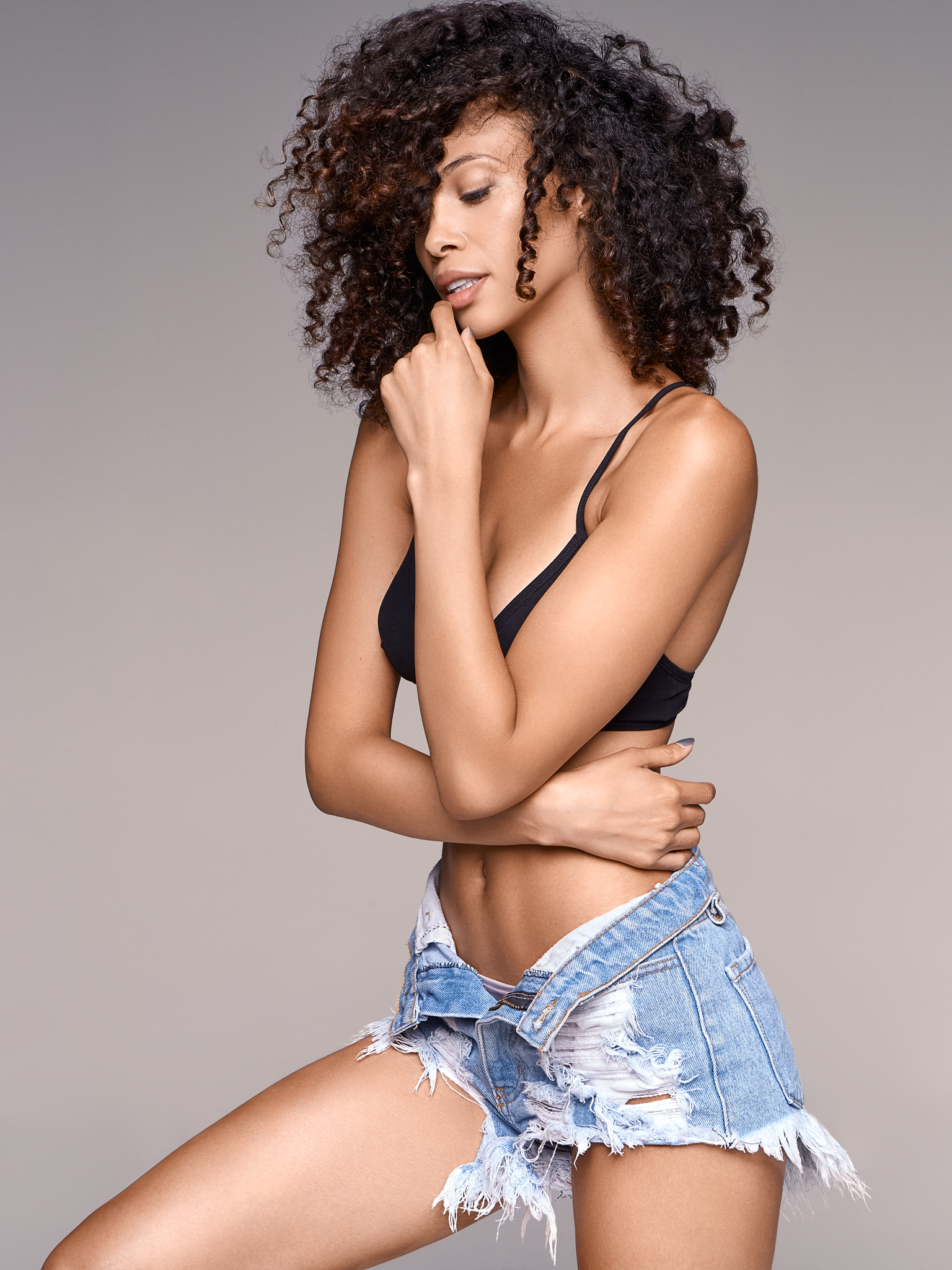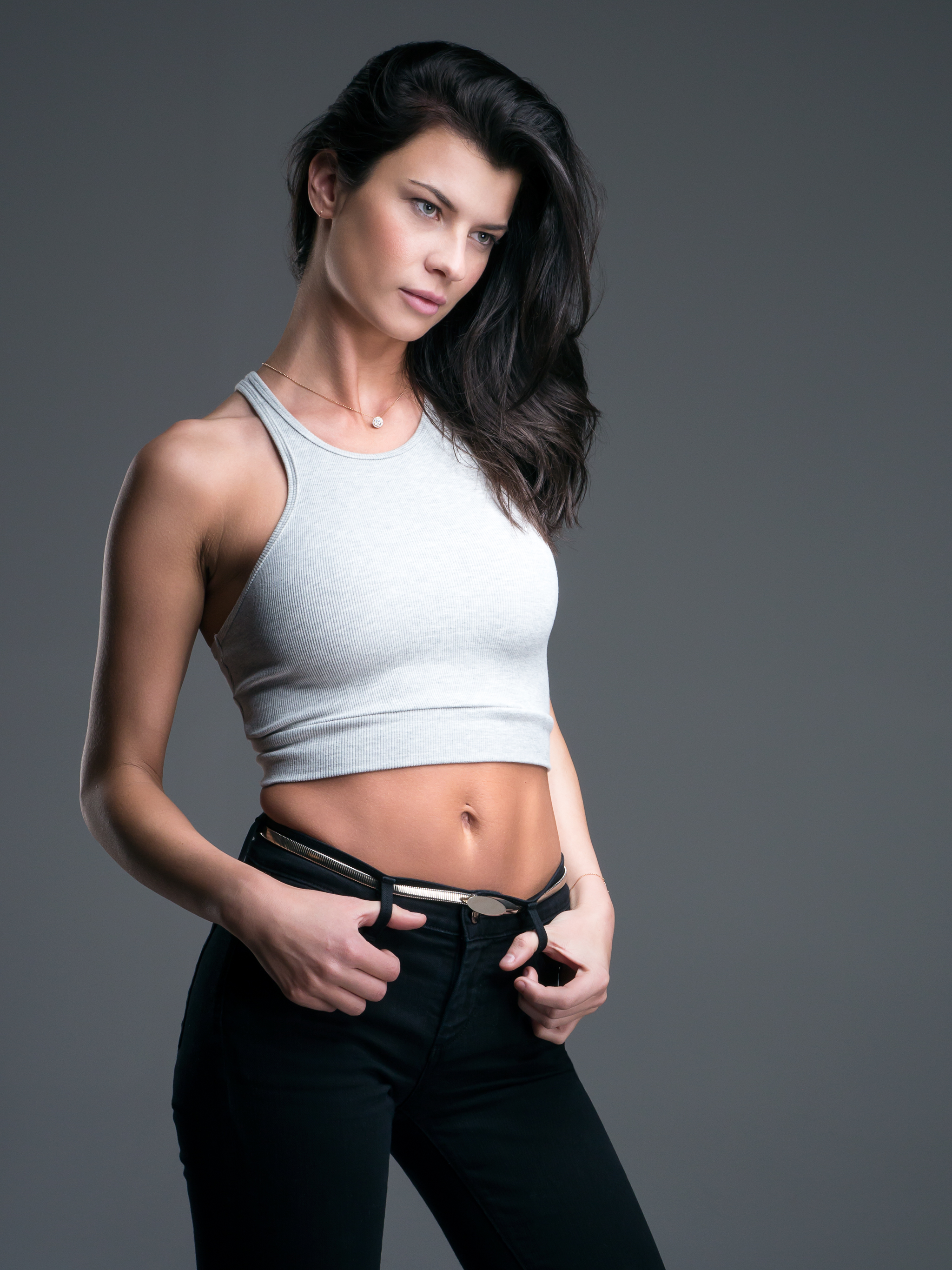By Chris Violette
The Final Entry In A Four Part Series
Mistakes 2 & 1
Last week’s entry, detailing the 3rd and 4th most common mistakes actors make concerning their headshots, was a doozy and offers a lot to think about. As important as addressing those issues are there are still two even more important matters to consider.
The first here might fly in the face of advice you have previously heard from others. The final item here, and the biggest mistake actors most commonly make, may at first seem frivolous. I promise you, it is anything but.
2. Aiming For A Role-Type Vs. Pictures That Reveal Genuine Facets of Yourself
You have perhaps often heard that an actor needs to know what his or her type is. Are you a leading man or woman? The silly uncle, ditzy blonde, the jock, the precocious kid, the bully, the bad guy, the cop, the nerd, the mother, the girl next door, etc.? Agents, managers, and other actors, may have told you that your pictures need to make it easy and obvious for the casting director to see you in a specific role.
It’s all rubbish.
There are a number of problems with this way of thinking and the subsequent pictures are detrimental to your chances of being called in to audition. Let’s have a look at them.
First and foremost, YOU are far more interesting than any character you think you should play. Millions of people can appear to be any of the above referenced types but only one person can be you. Your pictures will be much more compelling if they tell people something authentic about yourself yet leave something to the imagination.
Think about how limiting pictures that portray you as a certain type can be. If your headshots scream, “I’m a white collar executive”, that may be the only kind of role you get considered for. If your pictures beg, “Please cast me as the approachable girlfriend”, imagine how hard it will be for others to see you as anything else. Let the casting directors do their jobs but give them something different and real to take to their clients. As much as flat lighting lends to one dimensional pictures, it doesn’t compare to the boring one dimensional results of a picture that presents an actor as a specific type. A picture that reveals who you are will lend itself to consideration for many role types, not just one stereotype.
Going for a particular type with your headshots also underestimates the casting director. They’re not just searching for someone who looks the part, but someone who would be interesting and unique in the role (who is also, hopefully, talented). In the 90’s, I did A&R at Island Records in New York. My boss was a somewhat legendary former record producer named Denny Cordell, notable for producing Tom Petty, Leon Russell, The Moody Blues, and others. In one of my first A&R meetings, where we’d play music by artists we were interested in signing, I started to describe a song to Denny before I hit play. He cut me off. “Don’t insult me by telling me what it sounds like. Just tell me the name and play the song”. However blunt, he was absolutely right. Of course he would be able to figure it out. Giving a casting director a headshot of you as a role type is no different. It says, “I don’t trust that you’ll be able to see how to cast me so let me spell it out for you”. It’s hardly the best way to introduce yourself.
None of this is to suggest, however, that one picture suits all. Your commercial headshots should be different from your theatrical pictures, but let them capture different aspects of who you are versus trying to satisfy a type.
Last, but not least, the #1 most common mistake actors make with headshots is…. forgetting to have fun in their photo shoot.
If you only take one bit of advice in this series, take this one. Whether on screen or stage, the audience will only ever have as much fun as the performer is having. Maybe you’ve heard that you should never play the ‘victim’. Why? Because no one necessarily enjoys being in the victim’s company. When the actor plays the victim the subsequent performance, however wrought with emotion it may appear to be, becomes entirely self indulgent. The actor portraying someone fighting to survive or win, despite appearing to be a victim, is more readily rooted for and sympathized with by an audience. One way to achieve this is to find something in the performance that is actually fun for you, however much the character may be suffering. The same holds true for photo shoots.
Having fun in performance is key to your success as an actor but also quite easy to lose sight of. We can get so stuck in our heads with technique, self criticism, and focusing on the result, that we forget to just have fun. Learning to have fun as an actor is one of the great benefits of studying improv. Can you imagine enjoying a set at Upright Citizens Brigade, Second City, or The Groundlings, performed by actors who weren’t having fun? Technique and preparation will only get you so far.
There’s a coaching duo in Los Angeles of Jean-Louis Rodrigue and Kristof Konrad called Alexander Techworks who teach acting using the principles of the Alexander Technique. They’re very talented and fun to work with. Their students include a who’s who of actors including Leonardo DiCaprio, Hillary Swank, Josh Brolin, etc.. ‘Having fun’ in performance is so important to them that they frequently have their students skip until they’re having fun doing it. Once they’re having fun skipping they advance to doing ‘the sillies’, moving about a space making silly faces, sounds, and gestures, as ridiculously as possible, until it’s the most fun one could possibly have. As simple as these two exercises may sound they were instrumental with me in having a breakthrough along with many other students of theirs.
It’s common for actors to arrive at a shoot with so much on their minds – “How will their pictures come out?” , “I can’t believe I woke up with this huge zit on my nose…”, “I hope my agent loves these”, “I hope I can get an agent with these”, etc. – they set themselves up to not enjoy the shoot. And if you aren’t having fun the camera will pick it up. You can’t fool a camera.
Maybe you’re not in a good mood when you arrive at a shoot. Stop, make the choice to change it, then do whatever you need to do to get into the mindset of ‘having fun’. I’ve come to believe that ‘have fun’ is often the best advice for just about anything in life. So, whether you’re walking into an audition, about to make a stage entrance, or having your makeup done for your new headshot, “Have fun!”, I mean it.
If you’ve found this article helpful please do ‘Like’, share on Twitter, and register for the newsletter for future articles and discounts. Next week we’ll look at four essential business skills of successful executives and entrepreneurs that every artist can employ today but often overlook.
Break legs.
Copyright 2015 Christopher Violette, All Rights Reserved




